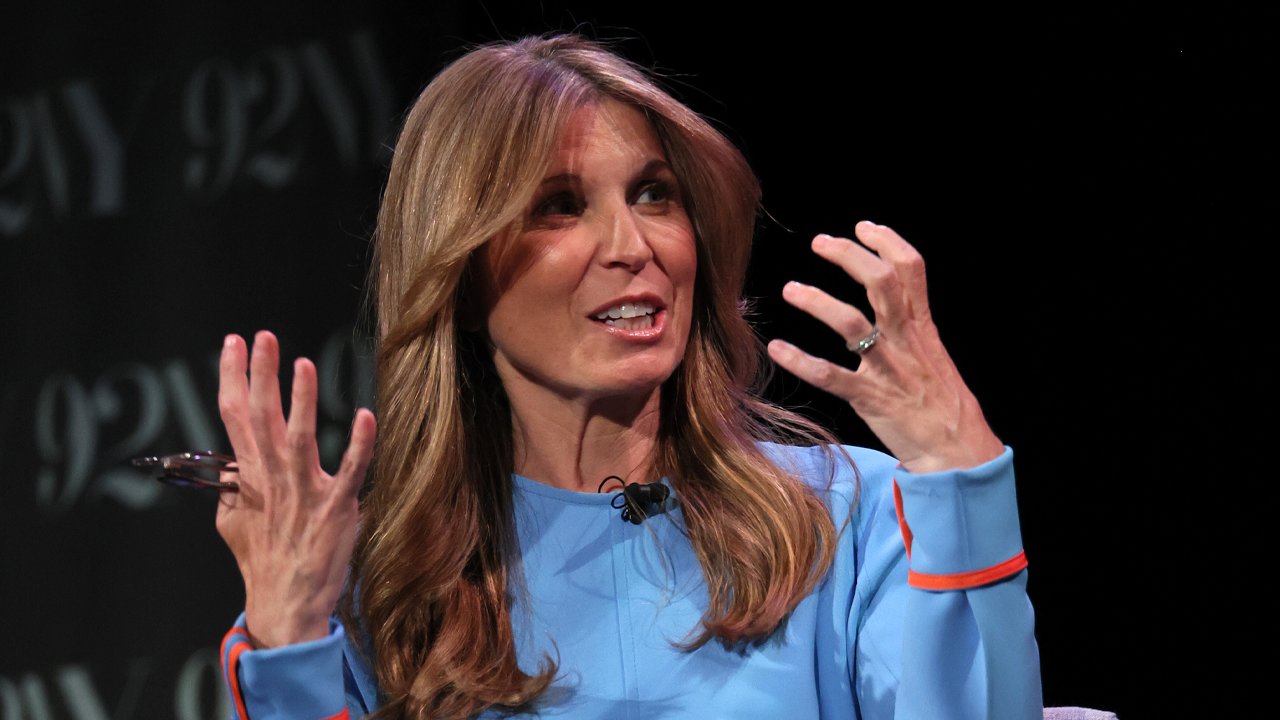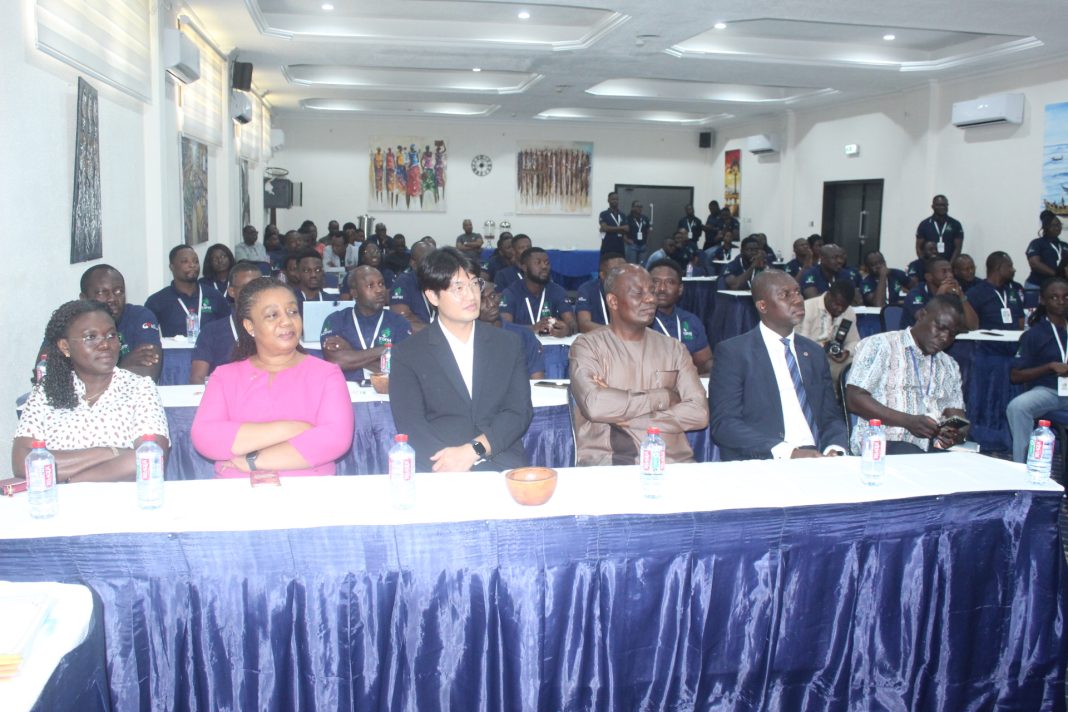Copyright businessbhutan

Bhutan has unveiled its most ambitious climate commitment to date, the Nationally Determined Contribution (NDC 3.0), during the Highland Festival. Building upon the nation’s longstanding carbon neutrality pledge, the plan places local communities at the very heart of its climate strategy, reaffirming Bhutan’s leadership in global environmental stewardship. Prime Minister (PM) Lyonchen Tshering Tobgay described the updated NDC as the country’s boldest climate action yet, reflecting both the vision of His Majesty the King and the collective will of the Bhutanese people. “Our communities, who contribute least to global emissions, bear some of the heaviest burdens of climate change,” the PM said. “Today, in this sacred landscape, we reaffirm our promise to protect the Earth.” The launch ceremony highlighted the lived experiences of Bhutan’s highland residents, who are among the most directly affected by a changing climate. Speaking about it, Pema Zangmo, a student from Laya Middle School, said, “For generations, we have lived in harmony with nature, yet now our lives are being reshaped by climate change,” she said. “Snow lines are receding faster than ever. Streams that were once calm now flood in summer, and we live under the constant threat of glacial lake outbursts.” Bhutan’s highlands are home to over 500 glacial lakes, 17 of which are considered potentially dangerous. Despite these challenges, Pema emphasized the resilience and adaptability of her community: “Even as the mountains change, we will not give up. Our connection to the land and our seasonal rhythms makes us the first to notice environmental changes and the first to adapt. We learn about climate science in school, but we live it every day.” She added that Bhutan’s inclusive climate action plan ensures that youth, women, persons with disabilities, and vulnerable communities all have a voice in shaping the nation’s climate response.”Bhutan alone cannot halt the climate crisis, and no country can. This is a global challenge that requires a global response,” she said. The PM underscored Bhutan’s global leadership, noting that the kingdom remains one of the few carbon-negative nations in the world. “Our forests absorb six times more carbon than we emit,” he said. “Remaining carbon neutral is not a slogan. It is a deliberate, costly, and moral choice. We stretch our limited budgets to build climate resilience—not as a burden, but as a responsibility to future generations,” he added. NDC 3.0 builds upon Bhutan’s earlier commitments, setting clear carbon reduction targets for 2035 and integrating adaptation priorities such as: protecting watersheds and ecosystems, strengthening food security, building climate-resilient infrastructure and safeguarding local livelihoods. The plan also aligns with Bhutan’s 13th Five-Year Plan and the 21st Century Economic Roadmap, envisioning a low-emission, high-value economy. “By 2050, Bhutan aims for a tenfold economic growth while remaining firmly within ecological limits, demonstrating that development and decarbonization can coexist,” the PM noted. According to the Bhutan Biodiversity Public Expenditure Review, the country has allocated 3.2% of GDP over the past five years to climate change and biodiversity conservation—one of the highest proportions globally. “This is a strong testament to Bhutan’s commitment to environmental stewardship,” the PM said, expressing gratitude to international partners including the UNDP Climate Promise Initiative, the Green Climate Fund, the Government of Germany, and UNICEF, whose support has strengthened Bhutan’s capacity to lead by example. Despite Bhutan’s achievements, the PM stressed that continued international cooperation is essential. The impacts of melting glaciers, flash floods, shifting rainfall, and shorter grazing seasons have stretched the nation’s adaptive capacity, diverting resources from critical sectors such as health and education. “No nation can face this challenge alone,” he said. “We need a renewed global compact—one that moves beyond pledges to real, tangible support.” “Bhutan’s NDC 3.0 is our contribution to this collective effort. We invite our partners to join us in turning ambition into action—for a resilient, inclusive, and sustainable future for all.” Speaking from another prism, a civil servant attending the Festival said, “the event’s setting, at the Royal Highland Festival in Laya, rather than in Thimphu or a formal policy venue, is itself a powerful statement.” “It reflects a deliberate political choice: to root climate policy in local culture and lived landscapes, rather than in bureaucratic abstraction. By unveiling NDC 3.0 amidst highland communities, the government is acknowledging that climate action in Bhutan is not just a policy goal but a lived experience and one shaped by geography, tradition, and human adaptation,” he said “Bhutan’s reaffirmation of its pledge to remain carbon neutral for all time underscores the moral consistency of its environmental policy. This continuity is striking in an era when many nations struggle to maintain climate commitments amid political and economic change. For Bhutan, environmental stewardship has never been a secondary concern. It is an ethical pillar of governance.” Underlining the presence of the Prime Minister, senior officials, and international partners such as UNDP, UNICEF, and the German Embassy, together with local communities of Laya, he said the event goes beyond what its main mandate is. “The event in Laya is emblematic of Bhutan’s approach to participatory diplomacy, where policy communication is as important as policy content,” he said. He added that the Third NDC is also a candid acknowledgment of Bhutan’s vulnerability as a small, landlocked Himalayan nation facing rising temperatures, erratic rainfall, glacial lake outburst floods (GLOFs), and landslides. “And rather than adopting a narrative of helplessness, Bhutan has turned vulnerability into moral leverage and positioned itself as a moral leader in the global climate conversation.” While this strategic posture has policy implications: Bhutan’s identity as a “climate champion” allows it to attract development partnerships, climate finance, and international goodwill, while maintaining sovereignty over its unique model of development grounded in Gross National Happiness (GNH). He added that the success of NDC 3.0 will depend on inclusive implementation, ensuring that rural and vulnerable communities are not merely symbolic participants but co-architects of climate resilience. “Without this, there is a risk that Bhutan’s environmental leadership could remain more performative than transformative, admired abroad but unevenly felt at home.” In reaffirming its commitment to carbon neutrality, Bhutan has done far more than merely restate a climate target; it has reasserted the moral foundation of its unique governance philosophy — one in which economic prosperity and environmental sustainability are inseparable, mutually reinforcing, and measured not solely by material gains but by the well-being of its people and the integrity of its natural heritage. This reaffirmation sends a clear message: in Bhutan, development is not a trade-off between wealth and ecological stewardship, but a holistic endeavor where the two advance in tandem. NDC 3.0 deepens this legacy by moving from broad pledges to more detailed sectoral integration, reflecting a maturing policy architecture that aligns climate objectives with national planning, industry, and social welfare. The shift from symbolic commitment to systemic implementation shows Bhutan’s growing institutional capacity and sophistication in climate governance. The third NDC, covering the period up to 2035, reaffirms Bhutan’s historic 2009 commitment to ensure that greenhouse gas emissions do not exceed the carbon sequestration capacity of its forests and land-based sinks, cementing the kingdom’s position as a global beacon of climate responsibility. Nidup Lhamo From Laya



